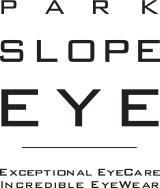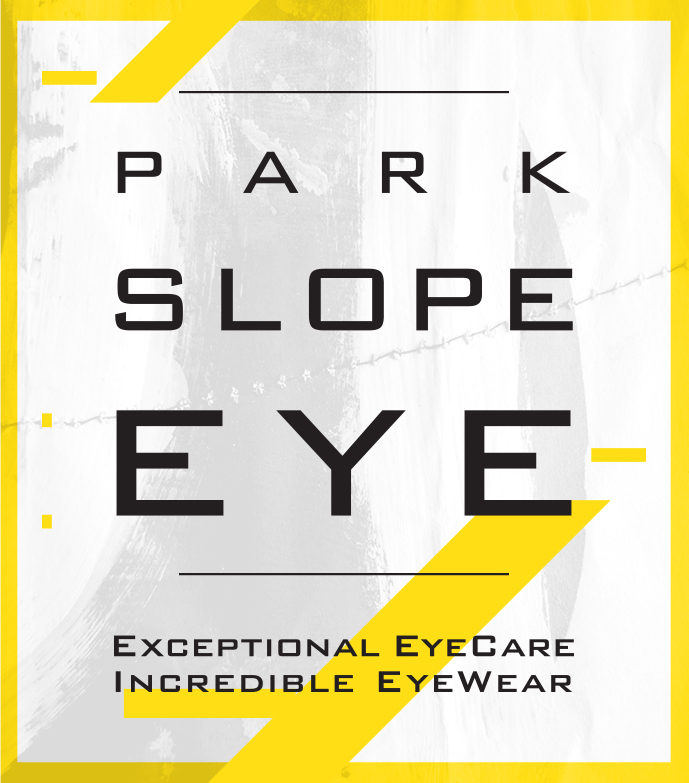When it comes to vision problems, one deserves special mention: nearsightedness. Also known as myopia, this condition is known as the most common refractive eye problem in the world, with four out of 10 people from ages 12 to 54 suffering from nearsightedness.
The exact cause of myopia is unknown, but some cases are caused by genetics, i.e., inheriting genes that make one more likely to develop myopia; others, however, get myopia from continuous eye strain. Fortunately, eye care specialists do have plenty of options to help curb and, in early cases, stop the progression of myopia. Here’s a quick rundown on the most popular forms of myopia control.
Atropine eye drops – special medication to prevent inflammatory eye conditions which can contribute to myopia are applied directly to the eye at frequent intervals.
Multi-focal lenses – The patient uses eyeglasses or contact lenses that can correct their ability to focus. This is the most common and least invasive option available.
Orthokeratology – also known as Ortho-K or vision training, this treatment involves using contact lenses to change the curvature or shape of the cornea to “correct” how light is focused on the retina. This option is pretty much the eye care equivalent of dental braces, and will require several sets of corrective lenses during the course of treatment, depending on the severity of the problem.
Be aware that while early cases of myopia can be addressed easily by these treatments, there are some cases when the best you can expect would be to slow down its progression. Nevertheless, getting your eyes checked and treated is better than letting your eye problems to progress further unchecked.








